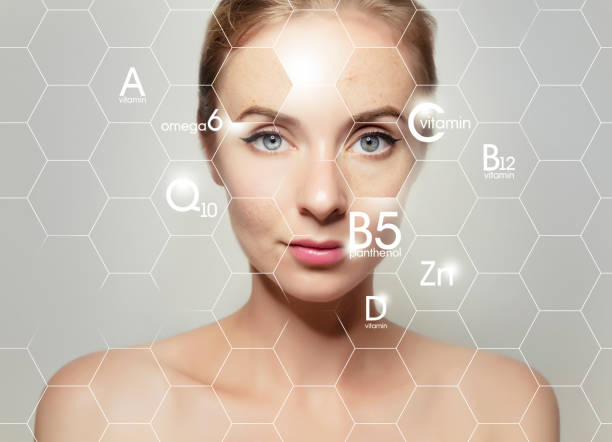Laser hair removal has become a popular method of achieving long-term hair reduction, but it’s important to prepare properly for the treatment to ensure that it is safe and effective. But, how to prepare for laser hair removal? And is laser hair removal safe?
Before the treatment, it’s important to avoid sun exposure and tanning for at least four weeks before the procedure. Sun exposure can make the skin more sensitive and increase the risk of side effects. It’s also important to avoid waxing, plucking, or threading hair for at least six weeks before the treatment, as the laser targets the hair follicle and the hair needs to be present in the follicle for the laser to target it.
It’s also important to inform the practitioner of any medications you may be taking, as some medications can make the skin more sensitive to laser hair removal and increase the risk of side effects. Additionally, if you have any medical conditions, such as diabetes, or if you are pregnant or breastfeeding, it’s important to inform the practitioner as these may impact the treatment.
What should you do during the treatment?
During the treatment, a cooling gel or cream will be applied to the skin to help protect it during the procedure. The laser will then be directed at the hair follicles, targeting the melanin in the follicles. The intense heat from the laser damages the follicles, which stops or significantly reduces hair growth.
After the treatment, it’s common to experience some redness, swelling, and mild discomfort in the treated area. These side effects usually disappear within a few hours. It’s also important to avoid sun exposure and tanning for at least two weeks after the treatment.
As for the safety of laser hair removal, it’s generally considered safe when performed by a qualified practitioner. However, as with any medical procedure, there is always a small risk of complications. These can include burns, scarring, and changes in pigmentation. Therefore, it’s important to choose a reputable practitioner and inform them of any medical conditions or medications you may be taking before the treatment. Laser hair removal is a cosmetic procedure that uses a laser to destroy hair follicles and prevent the growth of new hair. It is a popular alternative to traditional hair removals methods such as waxing, shaving, and tweezing, as it provides longer-lasting results and can reduce the amount of hair growth over time.
Safety Considerations
Laser hair removal should only be performed by a licensed and trained professional. Before the procedure, a thorough consultation should be conducted to assess the patient’s skin and hair type, determine the most appropriate laser type, and discuss any medical conditions or medications that could impact the treatment. It is also important to avoid tanning or sun exposure before and after the treatment, as this can increase the risk of skin damage. Patients should also be aware of potential side effects such as redness, swelling, and blistering, and report any unusual symptoms to their practitioner immediately.
Choosing the Right Provider
When choosing a laser hair removal provider, it is important to look for a licensed and experienced practitioner who has received specialized training in the use of lasers for hair removal. The practitioner should also use high-quality, FDA-approved laser equipment and provide clear instructions for aftercare to minimize the risk of complications. Additionally, patients should consider the location of the clinic, the hours of operation, and the availability of emergency services in case of adverse events.
Treatment Effectiveness
The effectiveness of laser hair removal can vary depending on the individual and their skin and hair type. Darker, coarser hair is generally easier to treat than lighter, finer hair. Multiple treatments are typically required to achieve the best results, as the laser only affects hair in its active growth phase.
Patients should also be aware that hair growth may not be permanently stopped, but instead significantly reduced over time. Regular maintenance treatments may be required to maintain the desired results.
Skin types
It’s also worth noting that laser hair removal is not suitable for everyone. It should not be used on certain skin types or areas of the body, such as the eyelids or near the eyes. It’s important to consult with a qualified professional before undergoing the procedure to determine if it’s the right option for you. Preparing properly for laser hair removal can help ensure the best possible results and reduce the risk of side effects. It’s important to avoid sun exposure, shave the area, avoid waxing or plucking, inform your provider of any medications, and wear loose, comfortable clothing.
In conclusion
Preparing properly for laser hair removal is essential for ensuring that the treatment is safe and effective. It’s important to avoid sun exposure and tanning for at least four weeks before the procedure, and to avoid waxing, plucking, or threading hair for at least six weeks before the treatment. It’s also important to inform the practitioner of any medications you may be taking and any medical conditions you may have. By following these guidelines, you can ensure a safe and successful laser hair removal experience.
visit: zoombazi





